Deadheading Is The Secret Weapon For Prolonging Verbena’s Summer Blooming

PERENNIALS > VERBENA > DEADHEADING

Elizabeth is a Permaculture Garden Designer, Sustainability Consultant and Professional Writer, working as an advocate for positive change. She graduated from the University of St. Andrews with an MA in English and Philosophy and obtained a Diploma in Applied Permaculture Design from the Permaculture Association.
Reviewed By COLIN SKELLY

Colin is a Horticulturist and Horticultural Consultant with experience in a range of practical and managerial roles across heritage, commercial and public horticulture. He holds the Royal Horticultural Society’s Master of Horticulture award and has a particular interest in horticultural ecology and naturalistic planting for habitat and climate resilience.
IN THIS GUIDE
VERBENA GUIDES
Companion Planting
Container Growing
Deadheading
Overwintering
Propagation
Pruning
Varieties
Verbena Bonariensis
Verbenas are beautiful flowering plants which can be treated as bedding plants or grown as perennials to bloom over a number of years.
How much effort it takes to maintain and care for your verbena plants will depend on which variety you have chosen to grow and where you have chosen to grow them.
Often, they can be relatively easy and trouble-free plants to grow.
Generally speaking, perennial verbena is a lower maintenance option that requires very little care and you will not usually even wish to deadhead them.
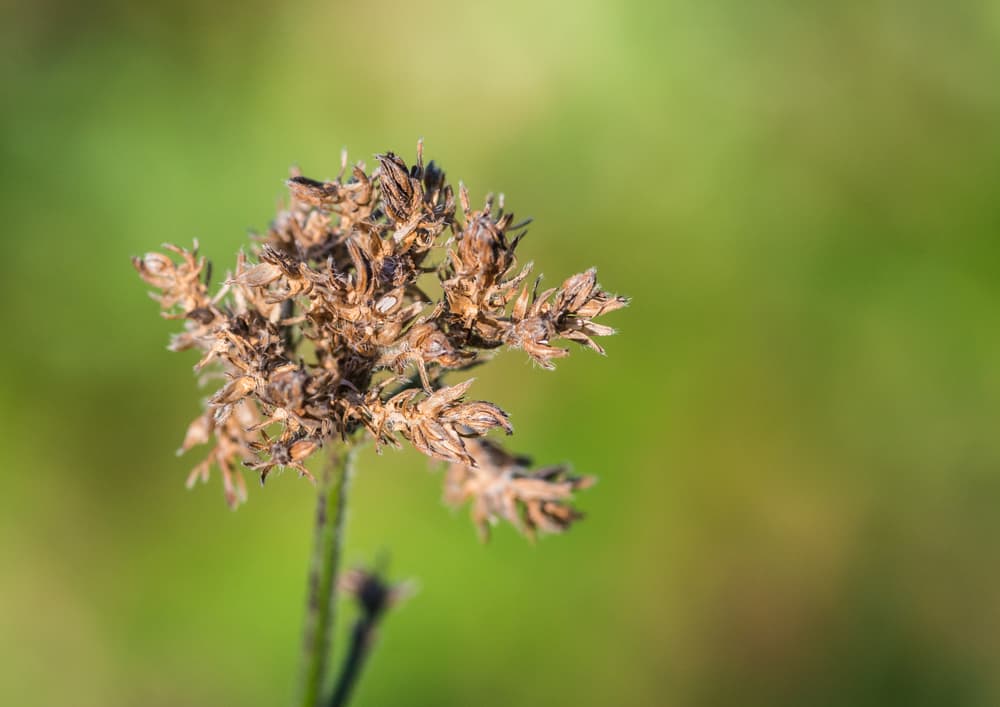
However, bedding verbenas, especially those growing in containers, will require a little more care.
Deadheading can be a good idea if you wish to prolong the summer blooming period.
Should You Deadhead Verbena?
Whether or not you should deadhead verbena very much depends on which varieties you are growing, where you are growing them, the time of year and your own gardening preferences.
Deadheading verbena is typically an approach which aims to prolong the flowering period.
It is also used to prevent plants from self-seeding and growing out of control.
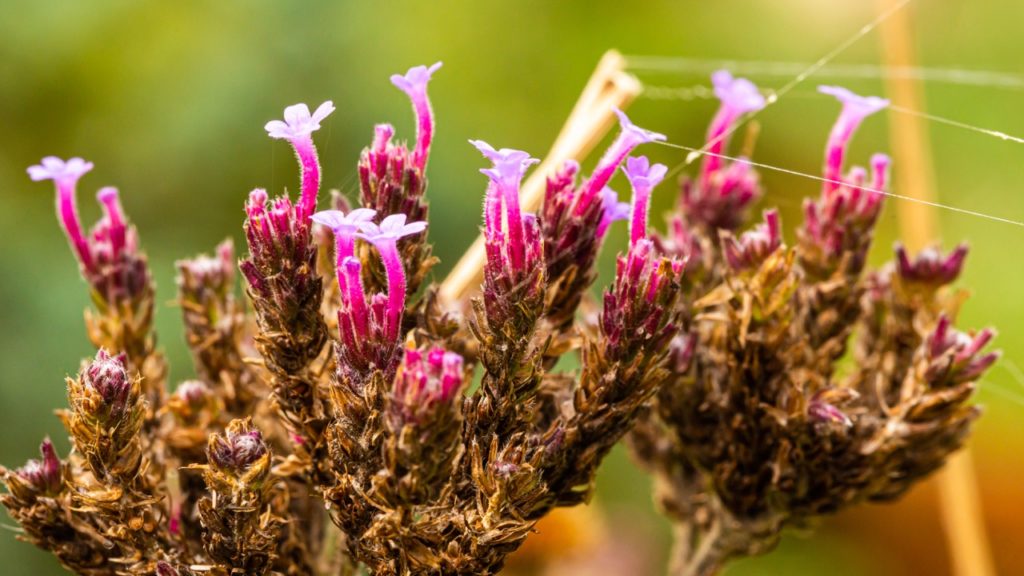
Some gardeners may prefer to deadhead to keep their garden looking neat.
However, deadheading prevents the plants from fulfilling their natural life cycle, which can deprive you of seedlings and can sometimes be a bad decision for wildlife in your garden.
When thinking about whether or not deadheading verbena is a good idea for you and your garden, it can be helpful to look at two different periods when deadheading is sometimes recommended.
Deadheading To Prolong Flowering
The first period when deadheading may be beneficial is in spring or early summer, just after the first flush of blooms has begun to fade.
If you do not deadhead at this time, then the plants will focus their attention on producing seeds and may not bear further flowers.
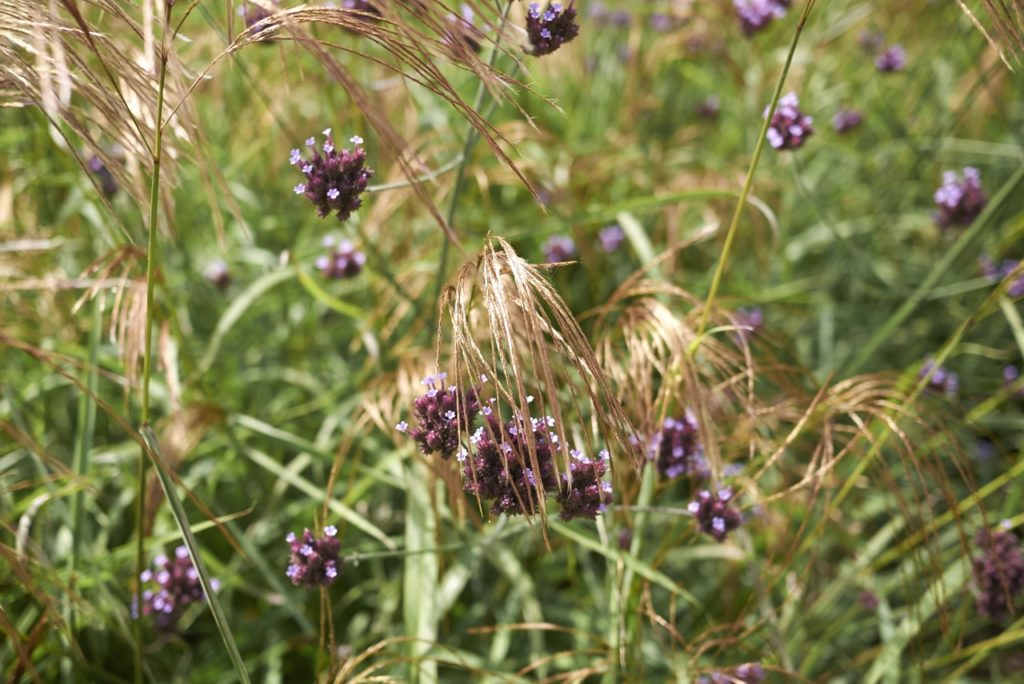
So, if you would like to get further blooms over the rest of summer, then it can be a good idea to deadhead or cut back at this time.
Many gardeners who have planted bedding verbena will take this approach.
Of course, this is not strictly essential, and if you have planted hardier verbena as part of a wilder and more natural, low-maintenance garden, then you might wish to simply let the plants continue with their natural process of development.
Deadheading In Late Summer
The second period when deadheading is often suggested is towards the end of the blooming period.
This is a period when some gardeners may choose to remove unsightly spent flowering stems.
Some may also deadhead again at this time to prevent plants from producing seeds.
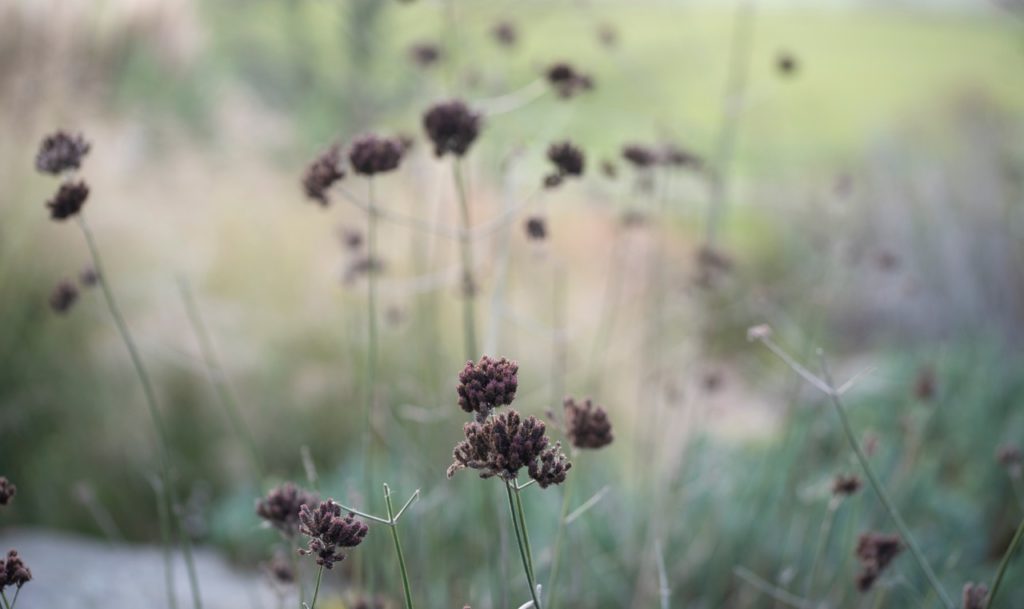
However, in most cases, I do not recommend deadheading after the first deadheading in spring.
The main reason for this is that the seeds which develop on the plants are a boon for wildlife – especially seed-eating birds.
Allowing the plants to self-seed can also be a great way to obtain new verbena plants.
How To Deadhead Verbena
If you decide to deadhead verbena in spring, the best approach is simply to wait for the first flush of flowers to fade, then trim back the top quarter of the plants.
Simply take a pair of clean gardening shears and lop off the upper section of the plants.
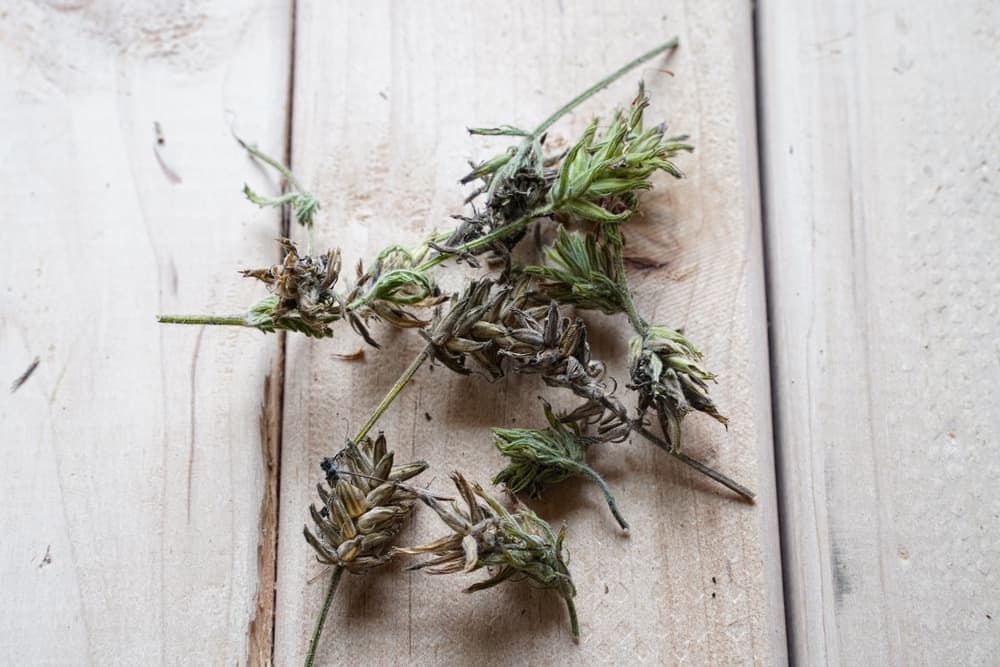
This can be the best way to spur new growth and ensure further blooms over a longer period.
“For bedding Verbenas I would typically deadhead to stimulate further flowering,” says Colin Skelly, a Master Horticulturist.
“Hardy perennial Verbenas are generally later flowering and I would not deadhead to support both wildlife and self-seeding.”
Later, if you really don’t want plants to self-seed, simply snip off the flowering heads, but do not trim as broadly as above.
